Skydio 2 first impressions: Autopilot drone is a clear high-flier
Drones are fun, but learning how to fly drones effectively is generally a lot less fun, and that's where Skydio 2 comes in. The second-generation of the autopilot drone, it's smaller, faster, and smarter than its predecessor, not to mention considerably cheaper. I've been testing it out, and already I'm impressed.
One huge improvement is size. The original Skydio R1 was clever but big: each motor was enclosed in a fixed frame, which made sure the numerous cameras didn't shift around in flight. That was important for the autopilot system, but meant that the drone was considerably larger than its folding counterparts.
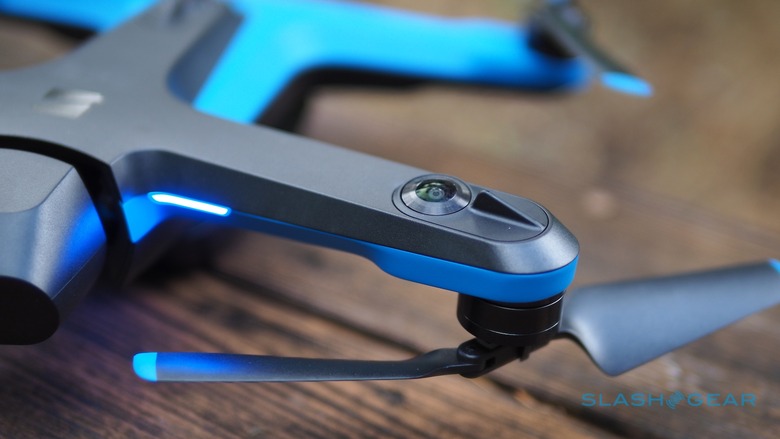
Skydio 2 has fewer cameras, each with much higher resolution, and so the drone can be much smaller. It still doesn't fold, but the carrying case now fits far easier into a backpack (and has a shoulder strap of its own). There's space inside for a spare battery, spare propellers, and the charger, though not the new Beacon or Controller.
Despite the onboard smarts, Skydio 2 still needs clear visibility and dry skies in which to successfully fly. They've been in short supply in Northern California lately, so with a limited number of flights under my belt my full review will have to wait a little longer. Still, trying to fit as much flight time in as possible, in-between bad weather, has actually highlighted one of the reasons Skydio's new drone is so appealing.
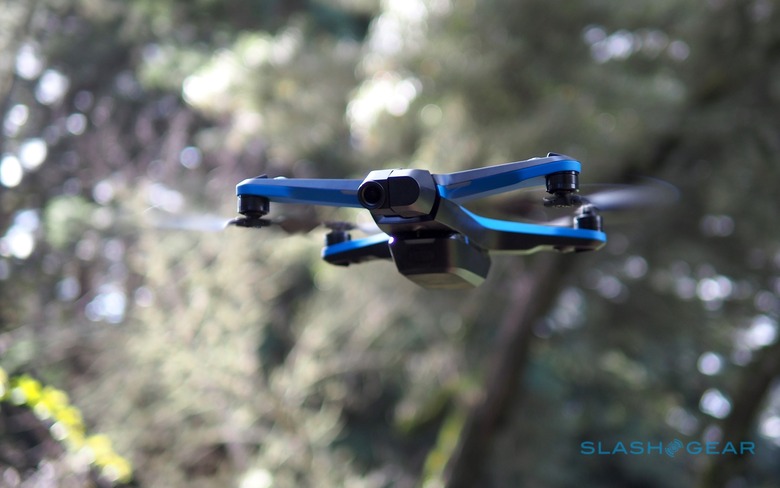
Being able to get up and running, quickly and with minimal focus on "piloting" and more on just capturing what you want to capture, is a rare pleasure in the quadcopter world. There are plenty of affordable drones out there, small enough to fit into a backpack and with 20+ minutes of flight time on a charge. The problem with them is having to pilot manually.
Skydio 2 offers a manual flight mode, sure. In fact, as well as controlling it through the app with onscreen buttons and joysticks, as per the original drone, you can now connect your phone to a dedicated controller with the expected joysticks. Skydio uses Parrot's design for that, with a flip-up holder for your iPhone or Android, and it's easy to use with dedicated camera angle and zoom toggles. However you can just as easily bypass manual flight altogether.
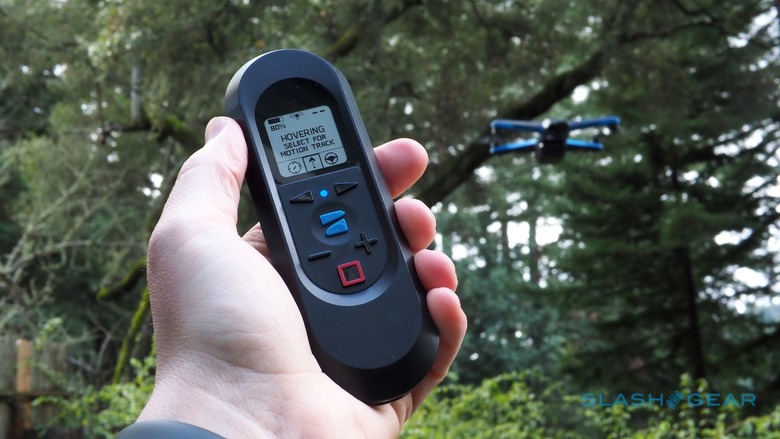
With the new Skydio Beacon, the core controls are pared down to the essentials. It connects directly to the drone – and can also pair with your smartphone, so that you get the full functionality of the app but also the extra range of the Beacon – and has a small dissolution, a few buttons, and onboard GPS. Skydio 2 usually relies on visual tracking, but with a Beacon connected it can fall back to GPS if it loses sight of you.
What's impressive is how rapidly you can be flying and filming. Turn the drone on, launch it with the Beacon, and then it automatically switches into follow mode. You can then use the arrow buttons to change the direction from which it follows: all the way around from directly behind you or trailing at an angle, to directly ahead of you or leading from off to one side. Other buttons control the distance from you, with three settings, and everything is shown on the monochrome display.
Within about a minute I had Skydio 2 in the air, set to follow from a mid-range and alongside, and tracking my car. If you don't like how the autopilot positions itself, you can double-tap and hold a button and use the Beacon as a magic wand to drag the drone around the sky. Releasing it leaves it to hover in place. Maximum speed has increased with this second-generation, to 36 mph, and the Beacon's controls are easy enough to adjust while you're on the move and have the drone swing around you for the sort of tracking shots that would usually demand a reasonably-skilled pilot.
The Beacon also has the ability to trigger different trick shots, though if you want the full range of those you'll need to head back into the app. You can do the usual array of dronies: swinging around you in a tightening or broadening loop; zooming out into the sky from you or vice-versa; and others. You can choose which one can be triggered from the Beacon, too.
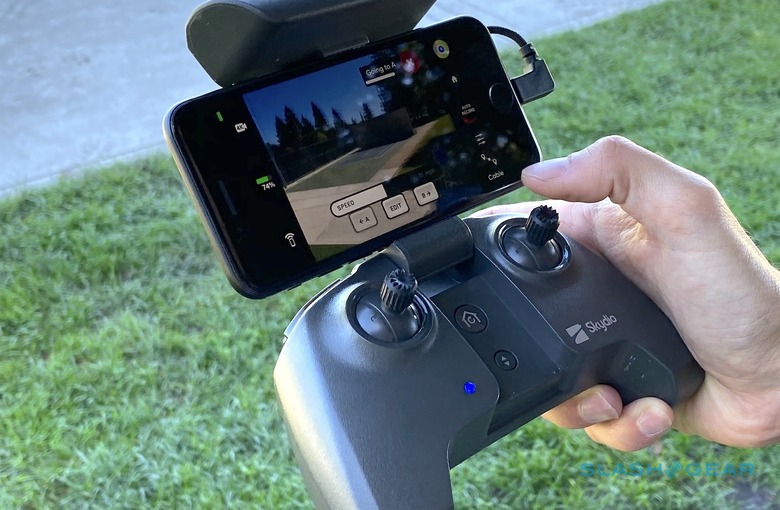
Manual piloting is more forgiving than with non-smart drones. I'm not the best drone operator out there: it just requires more investment in time than I have spare to give it. Skydio's obstacle avoidance stays active even when you're in charge of the sticks yourself, though. Try to fly Skydio 2 into a wall or tree and it will swerve around.
Skydio's autopilot isn't infallible, and flying the drone isn't entirely panic-free. During one car-tracking shot, for example, it collided with a thin branch too small for the cameras to identify, spinning briefly in the air before it settled. Then I had to get my phone out to pilot it back over.
Sometimes, the autopilot seems too smart for its own good. With a traditionally piloted drone you can be pretty confident that it will stay hovering where you leave it. Skydio 2, though, sometimes repositions itself without explanation, which can be disconcerting when they means it flying up into the tree canopy. You can trigger a return to home and landing from any of the three control options – app, Beacon, or Controller – but Skydio 2 won't take into account potential obstacles when it's landing so you do have to be pretty confident about the surface it's descending to and the airspace it's passing through to get there.
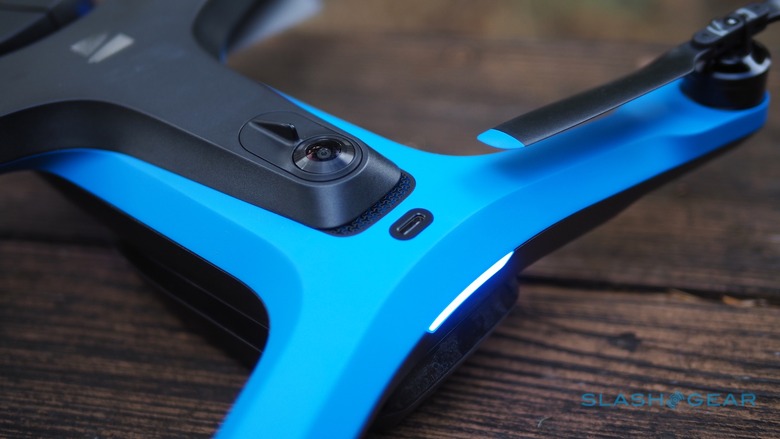
Then there are a few everyday usability annoyances I've run into. I like how Skydio's batteries attach magnetically and have a proportional LED gage to show current charge, but I wish you could recharge them outside of the drone. Instead you can only charge one at a time, using a USB-C charger plugged into Skydio 2. The little clip used to keep the camera locked into place when not in use is fiddly, too, and doesn't protect the actual lens; some sort of plastic cover that slipped over the whole gimbal would be preferable.
I do feel like I'm nit-picking, however. I've no shortage of drones that I could be flying, but generally the knowledge that I'll spend the majority getting to grips with piloting and still probably end up underwhelmed by the footage that comes from it is pretty discouraging. Skydio 2 feels very different to that.
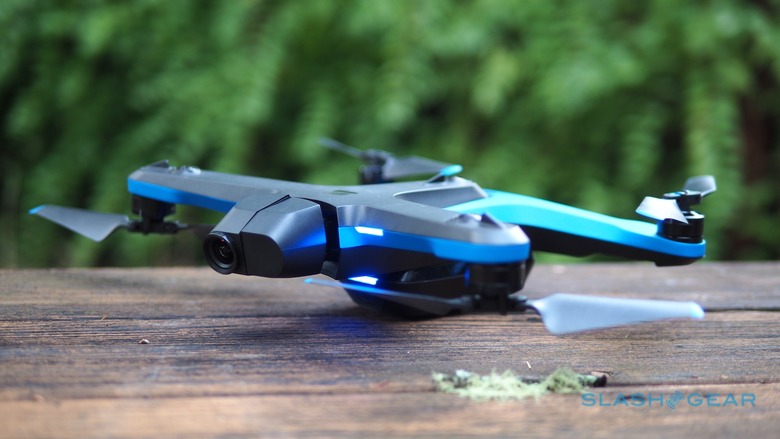
We're still not at the point where you can turn a camera-drone on, have it leap into life and start filming, and leave it completely to its own devices. Skydio's software is clever, but it's not that clever. Yet the convenience of using Skydio 2 without having to worry about mastering traditional drone controls is a huge step forward. Anybody who has wanted to add drone video to their outdoor activities, but been put off because of the headaches that usually come with that, may find that the autopilot on offer here is enough to lower that barrier to the point where it's really worth considering.
I'll be putting Skydio 2 through it's paces more over the next week or so, weather permitting, and testing out some of the more advanced features too. Right now, though, I'm definitely impressed.
